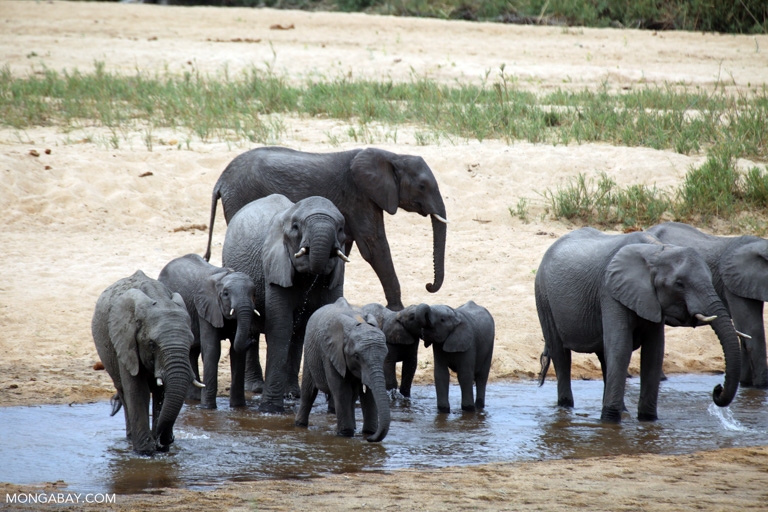- A team of scientists mined previous studies for estimates of the total mass of carbon found in each group of organisms on Earth as a way to measure relative biomass.
- Plants house some 450 gigatons of the 550 gigatons — or about 80 percent — of the carbon found in all of Earth’s life-forms, the team found, and bacteria account for another 15 percent.
- Humans represent just a hundredth of a percent of the Earth’s biomass, but we’ve driven down the biomass of land animals by 85 percent and marine mammals by about 80 percent since the beginning of the last major extinction about 50,000 years ago.
Humans have had a massive impact on other forms of life, one that far outweighs how little biomass we represent, according to a recent study.
“It is definitely striking, our disproportionate place on Earth,” Ron Milo, an environmental scientist at Israel’s Weizmann Institute of Science, told the Guardian newspaper.
Milo and his colleagues mined previous studies for estimates of the total mass of carbon found in each group of organisms on Earth as a way to measure relative biomass. They published their results May 21 in the journal Proceedings of the National Academy of Sciences.

Previous assessments aimed at uncovering the distribution of life have examined the number of species present. Others have looked at the weights of organisms minus the water that they contain, known as “dry weight.” But until now, no one had pulled together a biosphere-wide census of the distribution of biomass based on carbon, the element central to all living things, and it’s yielded new revelations into both the makeup of life on the planet and our role in shaping it.
By far, the biomass heavyweights are the plants, housing some 450 gigatons of the 550 gigatons of carbon found in all life on Earth, the team found. They also calculated that humans hold just a hundredth of a percent of that carbon. But that tiny fraction does little to indicate how much we’ve shaped our environment.
For example, by pulling animals into our orbit since the advent of domestication, humans have skewed the breakdown of species. Today, wild mammals account for just over 4 percent of mammal biomass on Earth. In contrast, the biomass of livestock, the bulk of which are cattle and pigs, is more than 14 times the biomass of their wild cousins.
“When I do a puzzle with my daughters, there is usually an elephant next to a giraffe next to a rhino,” Milo said in the Guardian article. “But if I was trying to give them a more realistic sense of the world, it would be a cow next to a cow next to a cow and then a chicken.”
Ubiquitous bacteria account for 15 percent of the world’s biomass. But other groups with reputations for widespread dominance, like the million or so species that make up the class of arthropods we call insects, hold a “minuscule” proportion of carbon, the researchers found.

Also surprising is the fraction of biomass found on the land compared to the world’s oceans. Despite covering nearly three-quarters of the Earth’s surface, the world’s oceans contain just a fraction — about 1.2 percent — of the biomass found on land.
In both environments, though, humans have made a big impression in our relatively brief 200,000 years on this planet. The biomass of wild land mammals is down by 85 percent since the last great extinction of large animals began about 50,000 years ago, the authors write. And whaling and other types of hunting have curbed the biomass of ocean-going mammals by about 80 percent in the same time frame.
“Humans have culled, and in some cases eradicated, wild mammals for food or pleasure in virtually all continents,” Rutgers University biological oceanographer Paul Falkowski, who wasn’t involved in the research, told the Guardian.
The study’s conclusions demonstrate that “humans are extremely efficient in exploiting natural resources,” Falkowski added.
Banner image of cattle in Colombia by Rhett A. Butler/Mongabay.
Citation
Bar-On, Y. M., Phillips, R., & Milo, R. (2018). The biomass distribution on Earth. Proceedings of the National Academy of Sciences, 201711842.
FEEDBACK: Use this form to send a message to the author of this post. If you want to post a public comment, you can do that at the bottom of the page.
